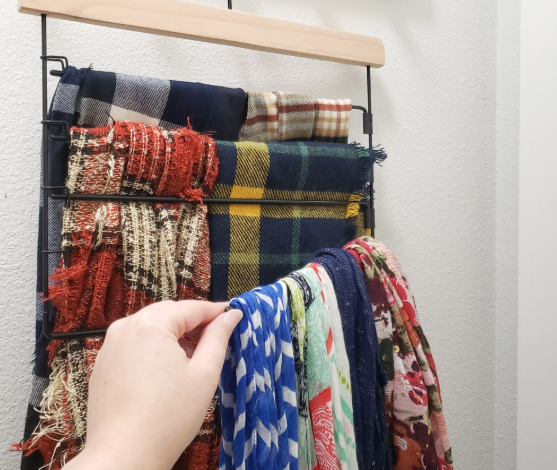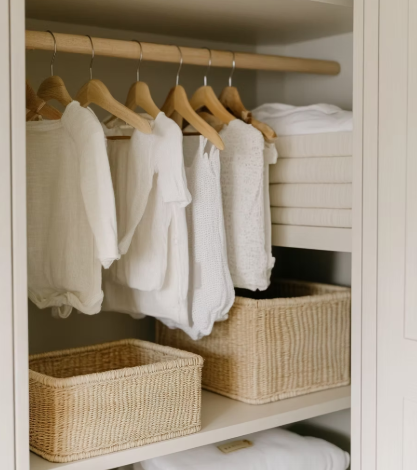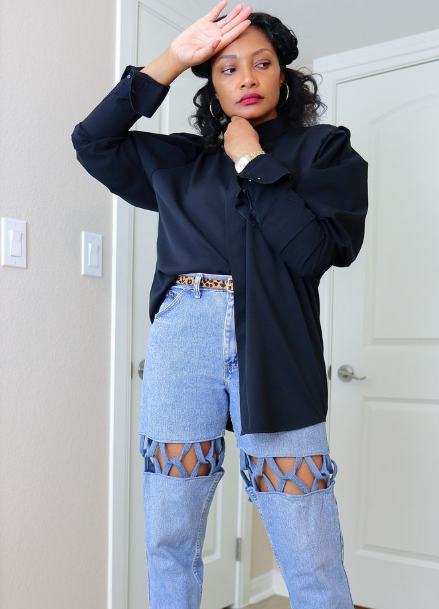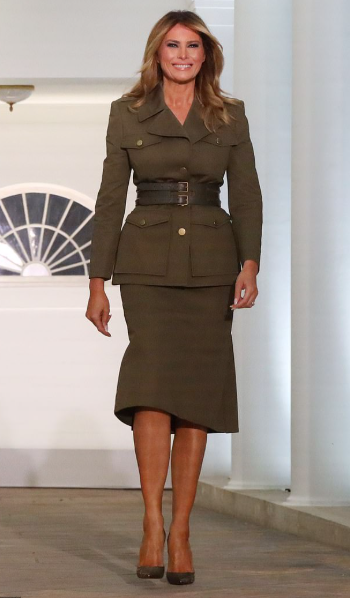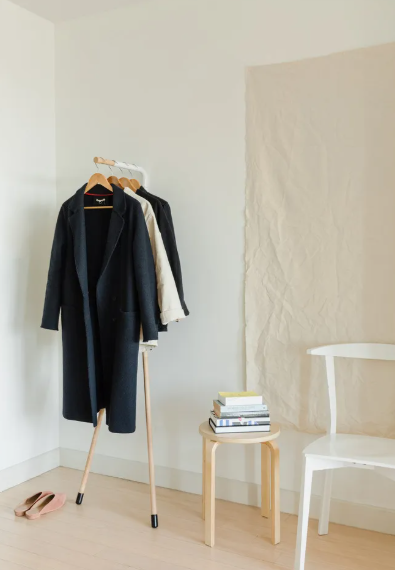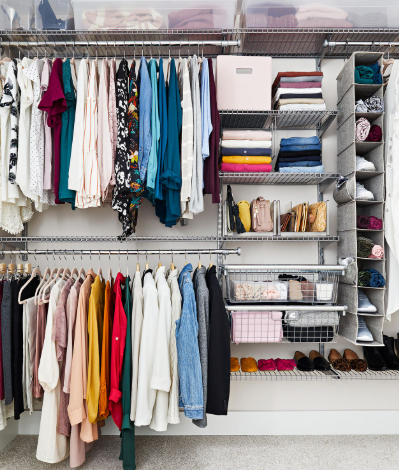
How to Organize Your Closet by Clothing Type and Function
A well-organized closet isn’t just about making things look neat—it’s about improving your daily routine and ensuring your clothes remain in good condition. By organizing your wardrobe based on clothing type and how often you wear certain items, you can maximize space, minimize clutter, and make getting dressed each day much easier. In this guide, we’ll explore how to declutter, categorize, and store your clothes in the most efficient way, while also offering tips for keeping your closet fresh and pest-free.
Declutter Before Organizing
The first step to organizing your closet is to declutter. If your closet is filled with items you no longer wear or need, it’s hard to create an effective storage system. Take everything out of your closet and sort through your items. This will give you a clear view of what you have and help you decide what to keep, what to donate, and what to discard.
Consider using the KonMari method as part of your decluttering process—keep only the clothes that truly bring you joy. Once you’ve pared down your wardrobe, you’ll have a better foundation for organizing by type and function.
Categorize Your Clothes by Type
Start your closet organization by grouping your clothes into broad categories. This makes it easier to find specific items when needed and helps you keep your wardrobe organized. Typical categories might include:
- Tops (T-shirts, blouses, sweaters)
- Bottoms (pants, skirts, shorts)
- Outerwear (jackets, coats, blazers)
- Dresses and formalwear
- Activewear and loungewear
- Accessories (scarves, hats, gloves)
Within each category, consider separating items by season. For instance, store your bulky winter coats and sweaters out of the way during warmer months. Using bins or placing seasonal items at the back of your closet will free up space and make your everyday clothes more accessible.
Organize by Frequency of Use
Once your clothes are categorized, the next step is to arrange them based on how often you wear them. Daily essentials should be easy to reach, while clothes you wear less frequently can be stored further away. For example, your go-to shirts, favorite jeans, and casual workwear should be stored at eye level or within arm’s reach.
Seasonal items or special occasion wear, such as formal dresses or heavy winter coats, can be stored higher up or toward the back of the closet. Organizing your clothes by how often you wear them will make it easier to maintain order and keep your closet functional.
Optimize Storage for Different Types of Clothing
Different types of clothing need different storage methods to stay in good shape. Here’s how to store various items to maximize your closet’s functionality:
- Tops and Blouses:
- Hanging: Delicate items like blouses or dress shirts should be hung on quality hangers to avoid wrinkles. Group them by sleeve length or fabric type for easy access.
- Folding: For casual T-shirts or sweaters, folding is a better option to prevent stretching. These can be stacked neatly in drawers or on shelves.
- Bottoms:
- Hanging: Pants, skirts, and trousers should be hung on sturdy hangers with clips or trouser bars. This preserves their shape and prevents unwanted creases. If space is limited, folding pants over the hanger works well.
- Folding: Casual wear such as leggings and sweatpants can be folded. These items are less prone to wrinkles, making folding a convenient and efficient method.
- Dresses and Formalwear:
- Hanging: Dresses, especially those made of delicate fabrics or those that wrinkle easily, should be hung to avoid creases. Formalwear like gowns and suits should be stored with enough space between items to maintain their structure and prevent damage.
- Accessories:
- Use baskets, bins, or dedicated hanging organizers for accessories like scarves, hats, and gloves. Clear storage bins can help you easily identify and access smaller items without them getting lost or tangled.
Use Storage Tools to Maximize Space
Maximizing closet space often comes down to using the right storage solutions. Here are some tools that can help you optimize your closet’s functionality:
- Shelf Dividers: These keep stacks of folded clothes organized and prevent them from toppling over.
- Drawer Organizers: Use dividers in drawers to keep smaller items like socks and undergarments neatly arranged.
- Hanging Shelves or Organizers: These can store shoes, accessories, or folded items, freeing up space for other storage.
- Over-the-Door Storage: Utilize the back of your closet door to hang bags, shoes, or other accessories.
By incorporating these tools, you’ll keep your closet organized and make sure everything has a designated spot, reducing clutter and simplifying your daily routine.
Maintain a Pest-Free Environment
Once your closet is organized, keeping it clean and pest-free is essential. Moths and other pests can damage your clothes, particularly natural fibers like wool and silk. To prevent this, use natural pest repellents like cedar blocks, sachets, or essential oils. Cedar is especially effective at repelling moths and other pests, and it also adds a pleasant scent to your closet.
Regularly vacuuming and wiping down closet surfaces will help keep pests at bay. It’s also a good idea to air out your closet periodically to ensure it remains fresh.
Periodically Reassess Your Closet System
Organizing your closet is not a one-time task—it’s an ongoing process. As your wardrobe changes with the seasons or as you acquire new items, it’s important to periodically reassess your closet system. Every few months, take time to review your closet, remove items you no longer wear, and reorganize based on your current needs.
By staying proactive, you’ll prevent clutter from building up again and keep your closet functioning smoothly.
Conclusion
Organizing your closet by clothing type and functionality is an excellent way to save time, maximize space, and keep your wardrobe in great shape. By decluttering, categorizing your clothes, and using the right storage methods, you can create a closet system that works for you. Incorporate natural pest protection solutions and periodically adjust your system as needed, and your closet will stay organized and efficient for the long term.

